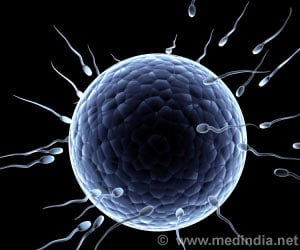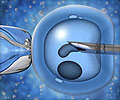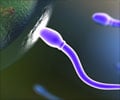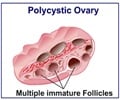- Sperms are continually produced in men due to the presence of a special cell type called spermatogonial stem cells
- Spermatogonial stem cells could be transplanted in the testes of infertile men for inducing sperm production
- Spermatogonial stem cell transplantation could emerge as a novel strategy for treating men suffering from infertility
The study has been published in Cell Reports, a Cell Press publication.
The study was led by Dr. Miles Wilkinson, Ph.D, who is a Professor in the Department of Reproductive Medicine at the UCSD School of Medicine, USA. He also holds a joint appointment as Professor of Biomedical Sciences in the UCSD Graduate Program.
Read More..
What is Single-Cell RNA Sequencing (scRNA-seq)?
Single-Cell RNA Sequencing (scRNA-seq) is a state-of-the-art gene sequencing technology. It falls in the category of next-generation sequencing (NGS) technology, which is the latest gene sequencing technology available today.Single-Cell RNA Sequencing (scRNA-seq) is used for sequencing RNA (ribonucleic acid), which is an intermediary molecule that transfers genetic information encoded by DNA (deoxyribonucleic acid) for producing proteins within cells. This technology provides a higher resolution of cellular differences and a better understanding of individual cells by its ability to detect complex and rare cell populations and elucidate complex gene regulatory networks within these cells.
In this regard, Wilkinson says: “Single-cell RNA sequencing determines the activity of hundreds of genes in the genomes of single cells.” He adds: “Because each cell type has a different combination of active genes, this technique allows new cell types to be identified. Applying this approach to the testis, we uncovered many different stages of sperm precursor cells in human testes.”
Study Findings
The study found the following:- Several cell subtypes were identified in the human testes, including spermatogonial stem cells
- Newborn male babies also had cells in their testes that resembled human spermatogonial stem cells
- Many biomarkers (molecules that help identify specific cell types) for human spermatogonial stem cells were detected using specific antibodies, which helped to capture these cells
- Active genes were identified in cells, other than those in the testes, that supported spermatogonial stem cell development
Study Implications
The above findings could allow the development of protein cocktails that can stimulate the proliferation of spermatogonial stem cells in the lab. Moreover, this approach could be scaled-up for producing large numbers of spermatogonial stem cells, which could be used for transplantation to treat men suffering from infertility.Expert Comments
“Given that spermatogonial stem cells are not necessary for generating sperm until puberty, this finding in newborns raises the possibility that these cells perform as-of-yet unknown functions in infants and young children,” says Wilkinson.He adds: “This was a proof-of-principle for future clinical studies to use spermatogonial stem cell therapy as a means to treat men suffering from infertility, including cancer patients rendered infertile by chemotherapy.”
Funding Source
The study was funded by the National Institutes of Health (NIH), Bethesda, USA and the Lalor Institute, Melbourne, Australia.Reference:
- The Neonatal and Adult Human Testis Defined at the Single-Cell Level - (https://doi.org/10.1016/j.celrep.2019.01.045)
Source-Medindia















